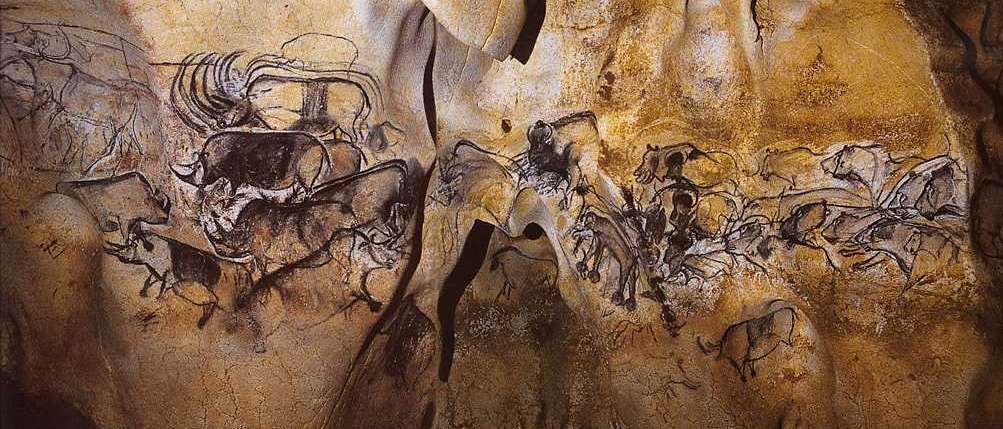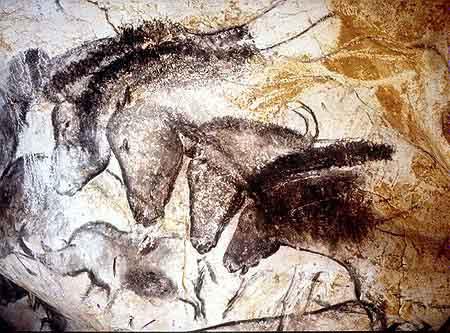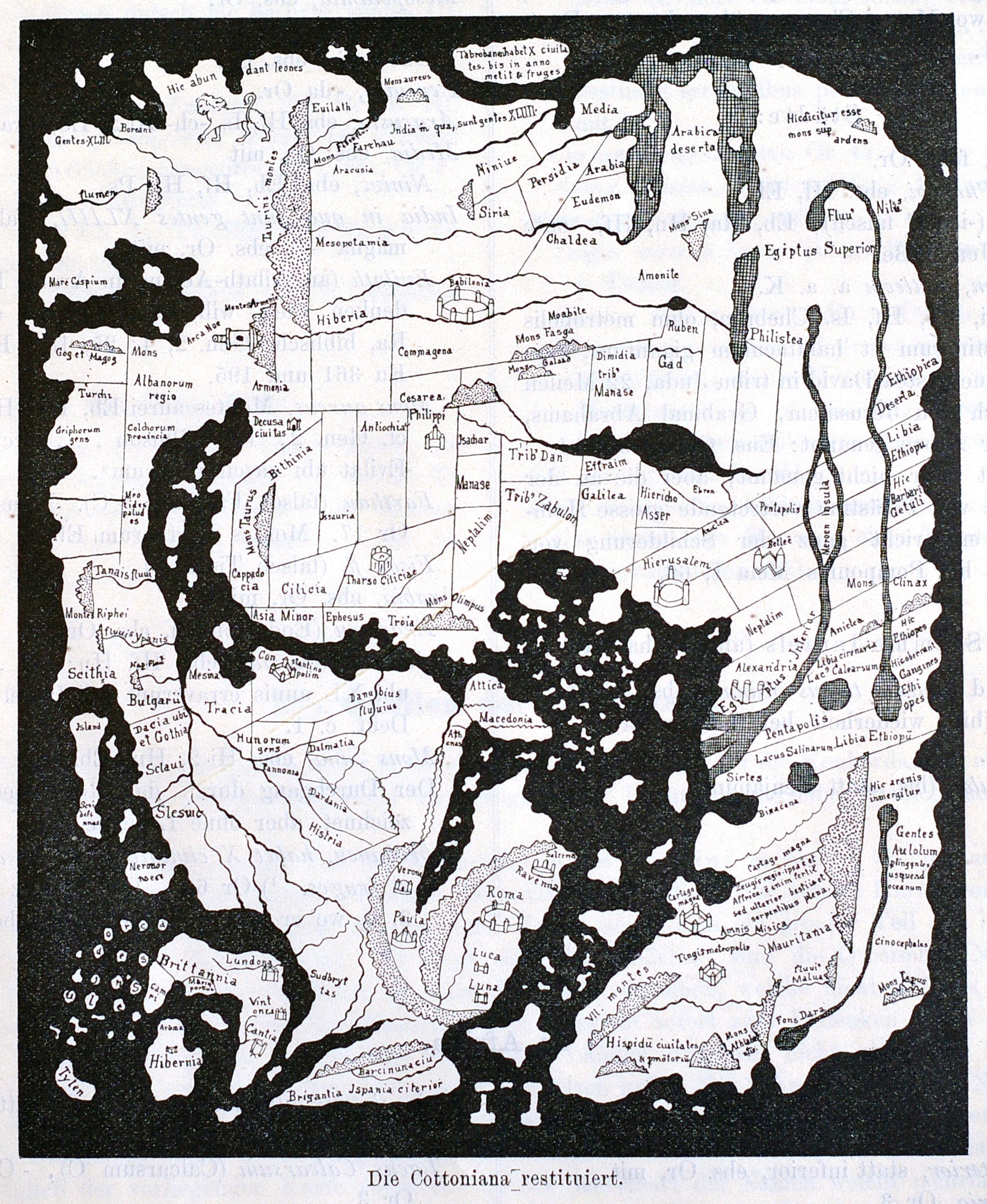hand stencils in El Castillo Cave. Gabinete de Prensa del Gobierno de Cantabria, Wikimedia Commons
Posted on 04/23/2016 11:54:33 AM PDT by SunkenCiv
Prehistoric cave occupants paid attention to cave wall morphology and touch when creating hand stencils.
Human occupants of two caves in Northern Spain put some thought into where they placed their hand stencils on cave walls as much as 37,000 years ago, during Palaeolithic times. The topography and physical characteristics of the walls in the low light conditions of the caves seem to have mattered to them, suggest a team of researchers...
What they found was a pattern that indicated selection or attention to certain types of natural cave wall features for placement of the stencils. "In total 80% of observable stencils at La Garma and 74% at El Castillo have some kind of association, either with fissures or undulations on the caves' surfaces," state the researchers in the study report. "Some stencils seem to have been 'fitted' to subtle topographic features in the wall, and some were positioned on bosses in the wall in such a manner that they appear to be 'gripping' the wall in a similar way that explorers use their hands to steady themselves when navigating the caves," ...
Moreover, under the low-light conditions of the caves, the authors suggest that the stencils were created using a significant reliance on touch and close-up scrutiny of the surface, in addition to overall visual facility.
Interestingly, the few hand stencils that were created in what would have been difficult or uncomfortable positions for the artists were clearly placed in association with certain types of natural features, such as atop a stalactite, associated with a crack, or ergonomically fitted to a concave surface with the fingers 'gripping' a boss.
The researchers also determined that more than one individual was making similar decisions about the placement of the stencils, indicating common or shared choices among a group of individuals.
(Excerpt) Read more at popular-archaeology.com ...
In her Plato Prehistorian: 10,000 to 5000 B.C. Myth, Religion, Archaeology, Mary Settegast reproduces a table which shows four runic character sets; a is Upper Paleolithic (found among the cave paintings), b is Indus Valley script, c is Greek (western branch), and d is the Scandinavian runic alphabet.
One really must hand it to them for knowing where to place their mark.
It’s great that someone has finally fingered out how they did it.
I think you “nailed” it. You seem to have your finger on the pulse of prehistoric times.
Are the handprints a starmap of Orion?
*
*
*
* * *
*
*
You’re a prints to give me such credit.


Amazing. They had spray cans of paint 37K years ago. There really ISN’T anything new under the sun.
Clearly they had a light source for use back in the caverns.
It’s astounding that they survived, also, there’s the possibility that more remain to be discovered — Chauvet was only found in the mid-1990s.
We must “palm” it off on someone. We must “hand” it to you for placing your “mark” on this topic.
Woops! I repeated myself. I need to be “slapped” around.
Upper Paleolithic alphabet? Dang, didn’t know they had writing that far back. Guess, it should not be a surprise though, we have lost so much knowledge.
Now I’m thoroughly runed! (sorry, couldn’t resist!)
Looks like we forgot realism and proportion for 30k years until the Greeks rediscovered it.

They didn’t have cans but they were air-brushing. They would hold the paint in their mouths and blow it out a straw.
sorry “typo” -= “Hybernia”
Disclaimer: Opinions posted on Free Republic are those of the individual posters and do not necessarily represent the opinion of Free Republic or its management. All materials posted herein are protected by copyright law and the exemption for fair use of copyrighted works.